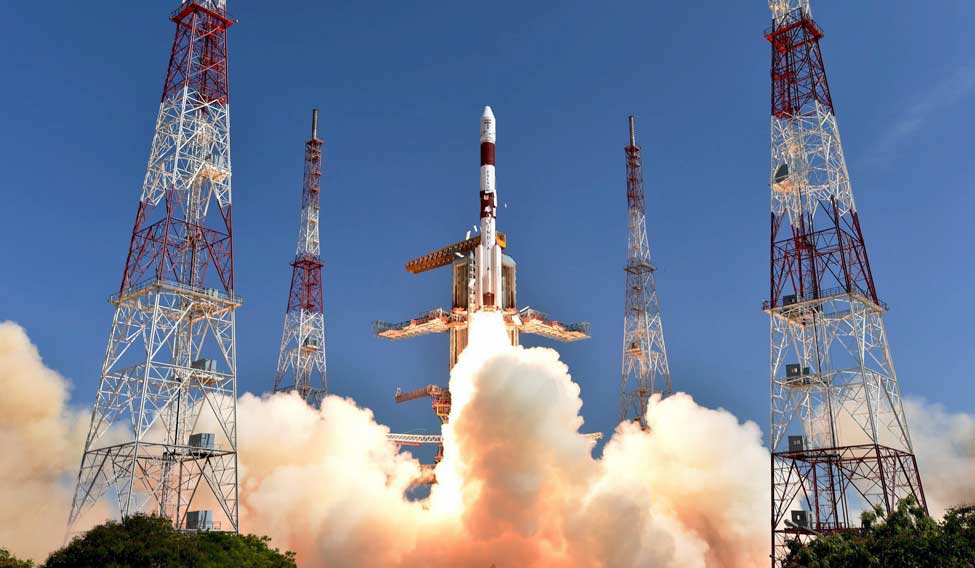If all goes well, the Indian Space Research Organisation will script history on Wednesday. At 9.28 am, ISRO will launch 104 satellites in a single mission on its PSLV-37 from Satish Dhawan Space Centre at Sriharikota. As of now, Russia holds the world record—37 satellites launched in a single mission in 2014. This is a long shot for India, and if successful, India will prove to be a mighty player in the world's commercial satellite launch market, that too at a cheaper cost. And this is why, the US and Europe will keep a close watch on tomorrow's launch.
The ISRO had announced last year that it will be launching 83 satellites. With more and more satellites and nanosatellites finding their way into the payload, the number rose close to 100, and finally 104—three Indian and the rest foreign—weighing a total of 1,400kg at liftoff. The technique of adding smaller satellites is known as piggybacking. For ISRO, however, this is more than just about setting a record. “We are just trying to maximise our capability with each launch,” said ISRO chairman Kiran Kumar.
In PSLV's 39th flight, it will fly in 'XL' configuration, making use of additional strap-on motors to provide the extra thrust to carry increased payload. The milestone mission will also see ISRO using its Indian Regional Navigation Satellite System (IRNSS) to determine the orbit of each satellite injected from the launch vehicle. By turning to the IRNSS, ISRO is no longer dependent on the US Global Positioning System that was used for orbit determination in previous missions.
Indian satellites
The star of the launch will be the Cartosat-2D satellite, the heaviest on board, weighing 714 kg. The primary satellite of PSLV-37, it is the fifth satellite in India's Cartosat series which are earth observation and imaging satellites. The Cartosat satellites, rightly known as India's 'eyes in the sky', are significant due to their vital role in monitoring enemy activities across the border. In fact, the first major use of the Cartosat family of satellites, especially 2C launched in June last year, was during the surgical strikes conducted by the Indian Army across the Line of Control. The satellite added more teeth to the military surveillance activities by providing high resolution images.
Besides Cartosat, the PSLV-37 also carries two Indian nanosatellites—INS-1A and INS-1B—weighing 8.4kg and 9.7kg respectively.
Other co-passengers
The major chunk of the payload is satellites from the US, UAE (Nayif-1), Netherlands (PEASSS), Switzerland (DIDO-2), Israel (BGUSat) and Kazakhstan(Al-Farabi-1). This mission will set yet another record—deploying the largest number of satellites of a single constellation from the same launch vehicle. A total of 88 nanosatellites which form the Flock-3p constellation by US-based Planet Labs will be placed in orbit. These imaging satellites will be used for commercial, humanitarian and environmental purposes. The US also has eight more satellites—Lemur constellation—to be placed in orbit. These satellites will enable real-time monitoring of ships in open waters.





